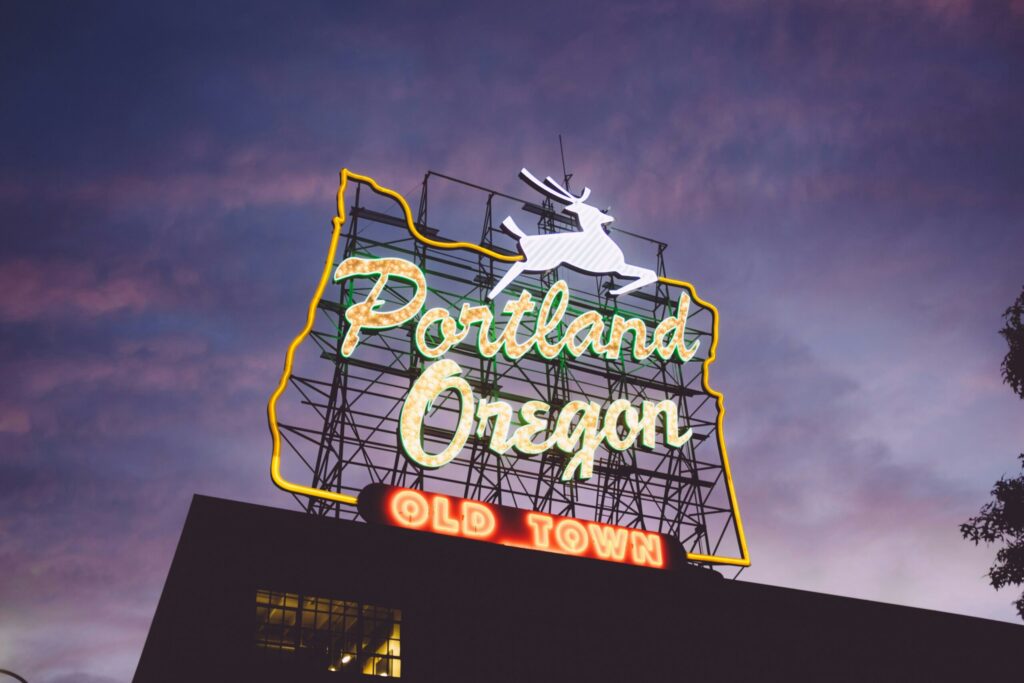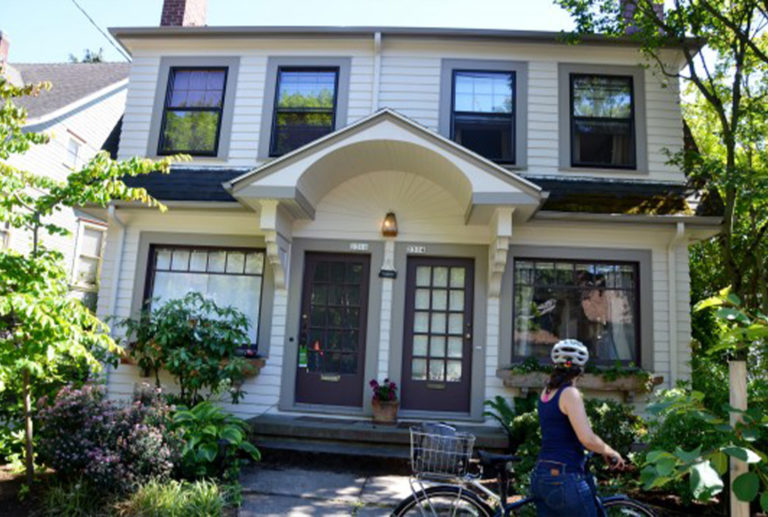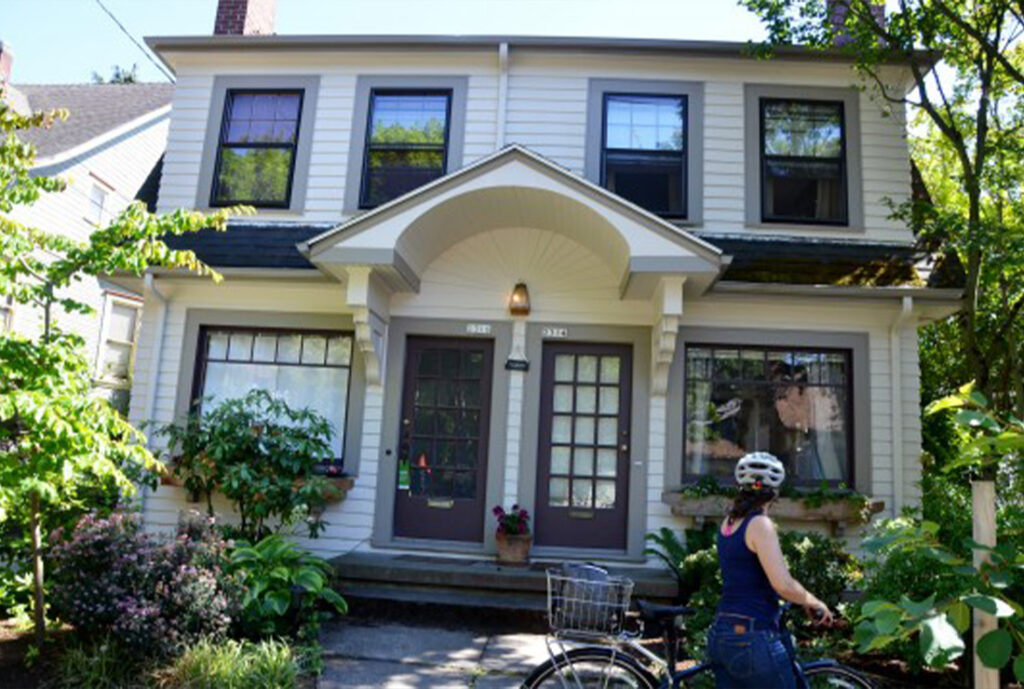In February 2019, the governor of Oregon signed into law a measure implementing statewide rent control, allowing for an annual rent increase of 7% plus inflation. This represents a major departure from previous law, which preempted local municipalities from implementing rent control.
The initial law states, “The imposition of general restrictions on housing rents will disrupt an orderly housing market, increase deferred maintenance of existing housing stock, lead to abandonment of existing rental units and create a property tax shift from rental-owned to owner-occupied housing. Therefore, the Legislative Assembly declares that the imposition of rent control on housing in the State of Oregon is a matter of statewide concern.”










